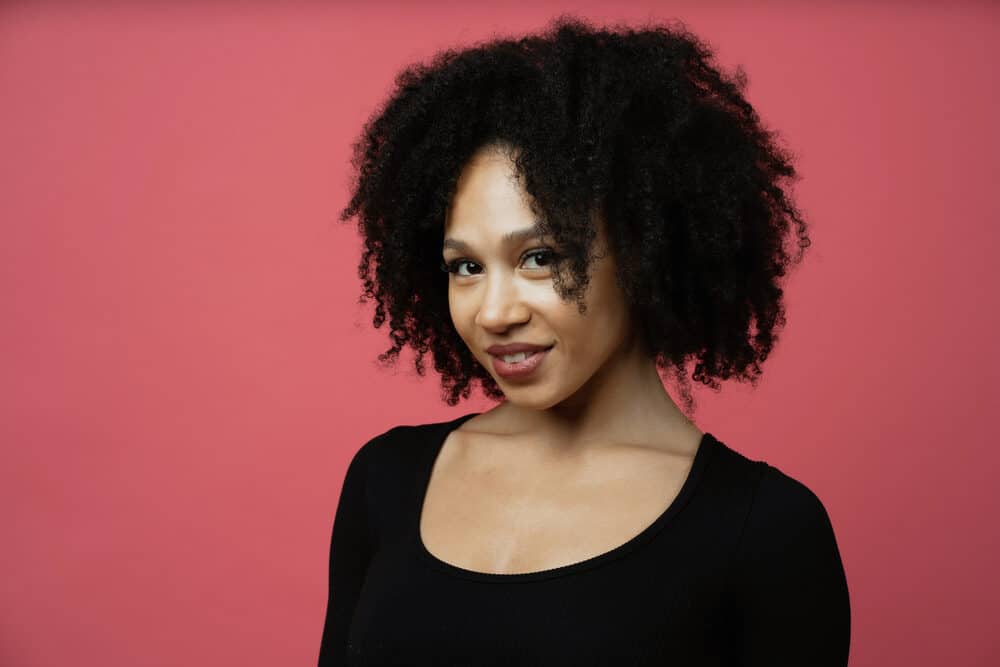
It's no secret that protein promotes healthy, strong hair and that it can stop breakage in its tracks. However, too much protein can have disastrous effects and result in protein overload. In this article, we’re going to dive into everything you need to know in order to identify, prevent, and even reverse protein overload in your hair.
Table of Contents
- 1 Key Takeaways
- 2 What Is Protein Overload?
- 3 How Does Protein Overload Happen?
- 4 How To Know If You Have Protein Overload
- 5 How To Fix Protein Overload In Natural Hair
- 6 How to Prevent Protein Overload
- 7 Best Products To Treat Protein Overload
- 7.1 GIOVANNI Eco Chic 50:50 Balanced Hydrating Clarifying Shampoo
- 7.2 Camille Rose Algae Renew Deep Conditioner
- 7.3 Mielle Organics Mongongo Oil Protein-Free Hydrating Conditioner
- 7.4 Shea Moisture Residue Remover Shampoo
- 7.5 Creme of Nature Argan Oil Twisting Custard
- 7.6 As I Am Moisture Milk Daily Hair Revitalizer
- 7.7 Oyin Handmade Greg Juice Herbal Leave-In Hair Tonic
- 8 Frequently Asked Questions
Key Takeaways
- Protein Overload in Hair: Excessive use of protein-containing products can lead to protein overload, making hair strands dry, brittle, and less elastic. Signs include increased hair shedding and a lack of luster.
- Hair Porosity and Protein Sensitivity: Low porosity hair, with tight hair cuticles, is more prone to protein overload due to its lower moisture absorption capacity. High porosity hair may tolerate more protein but still requires balance.
- Key Ingredients to Avoid: To prevent or fix protein overload, avoid hair care products with main protein ingredients like keratin, wheat protein, and rice protein. Look for natural products with ingredients like coconut oil and olive oil.
- Restoring Balance: Use gentle clarifying shampoos and hair masks regularly to remove protein build-up. Deep moisturizing treatments are essential to restore the right balance of protein and moisture in hair.
- Recognizing and Addressing the Issue: The first step in managing protein overload is recognizing tell-tale signs in your hair's texture and appearance. Regular hair treatments and a closer look at haircare product ingredients are essential to maintaining overall hair health.
Keep reading to learn more about how to prevent protein buildup from excess proteins.
What Is Protein Overload?
We love our protein treatments and products, but they really could be doing more harm than good. Protein-rich hair products contain protein molecules that bind to the keratin in your strands and repair tiny holes and gaps in the hair’s cuticle.
Similarly, protein treatments leave a layer of protein around your strands that protects them against the stress of styling and environmental damage. These products and treatments serve as an effective way to strengthen fragile strands.
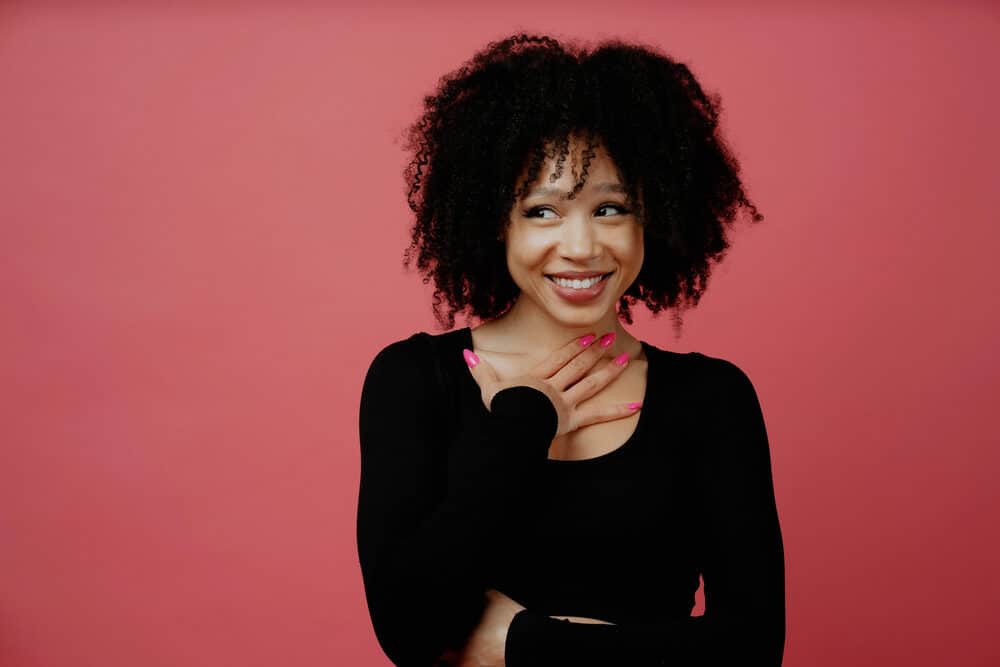
However, if too much of the added protein builds up, it can cause a condition known as protein overload. In simple terms, protein overload occurs when your hair has too much protein in it.
Another way to look at protein overload is to consider it a moisture deficiency.
Healthy hair has a balance of moisture and protein. When there is too much protein present and not enough moisture, your strands will develop a protein imbalance.
How Does Protein Overload Happen?
Protein overload is usually the result of using protein-rich products too often. But, even if you don’t use protein-rich products often, your hair could still develop a protein imbalance.
As we mentioned before, protein overload means your hair has a moisture deficiency. Not moisturizing your hair often or thoroughly enough can also lead you to develop protein overload.
Unfortunately, some hair types are more prone to protein-related issues. For example, low porosity hair has tight cuticles that don’t absorb water easily.
As a result, low porosity hair is much more likely to develop a moisture deficiency. Moisture deficiency throws off your protein levels and leaves you with parched, brittle hair strands.
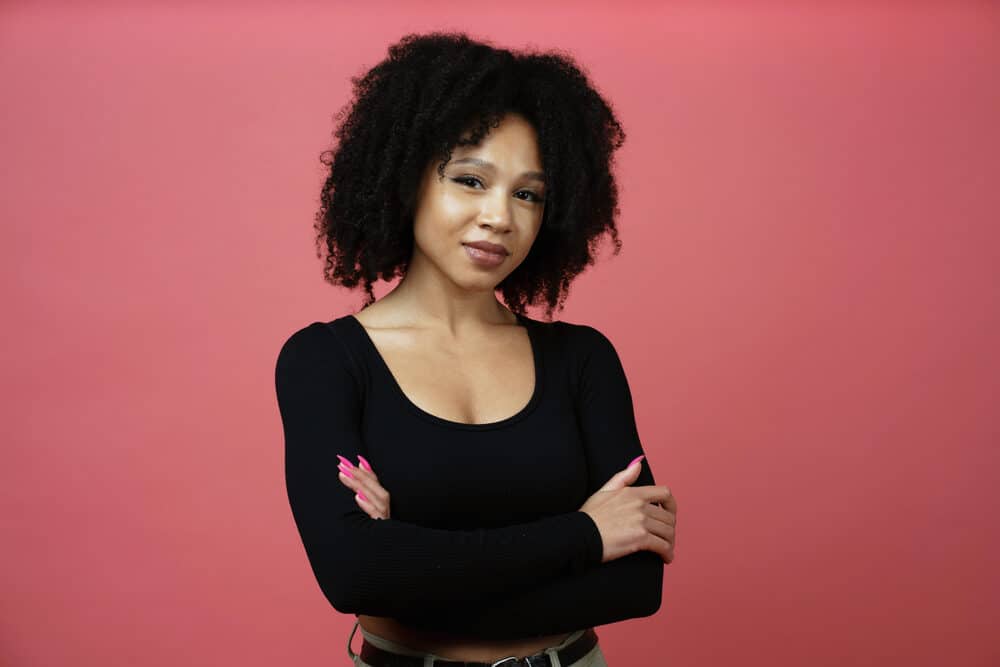
How To Know If You Have Protein Overload
Now that you know what protein overload is and how it happens, the next step is figuring out whether or not you have it. So, without further ado, here are some signs that you may have protein overload.
Low Elasticity
If you stretch a strand of hair and it snaps rather than bounces back, your strands probably have an overabundance of protein and a lack of moisture.
Moisture is the main factor that affects the elasticity, or stretch, of your strands. Strands with low elasticity are more likely to break off, so if you notice this, correct it immediately by adding moisture back into your hair.
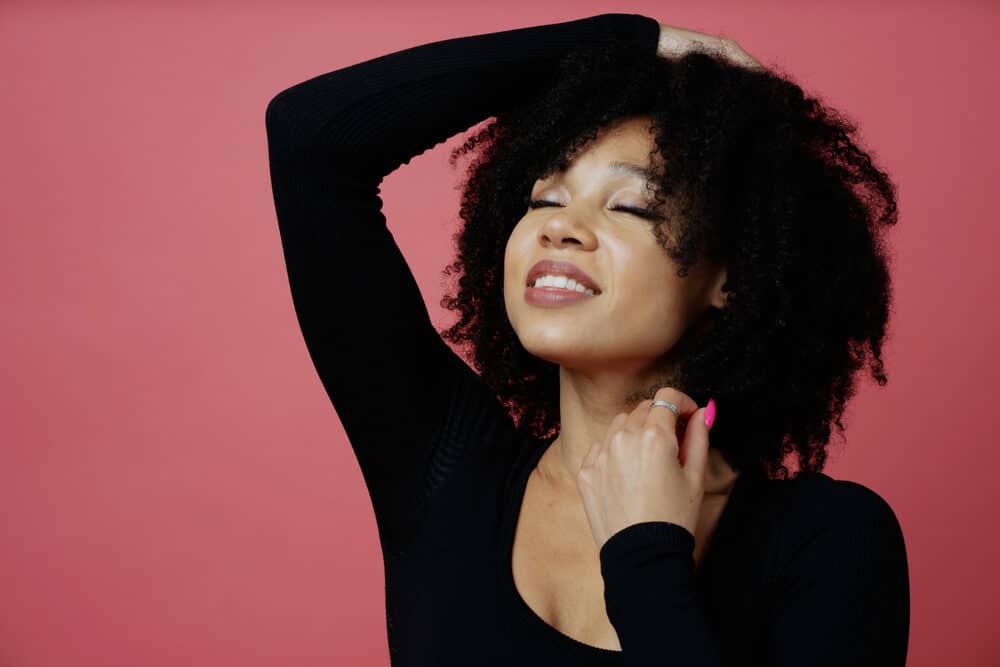
Dryness and Brittleness
If your hair suddenly feels like straw, you may have a protein imbalance. The protective layer created by protein can block critical moisture from reaching your strands. As a result, they dry out and become brittle.
Increased Hair Shedding
If it seems like your hair is shedding more than usual when you brush or comb your hair, a protein imbalance may be to blame. When your protein levels are too high, your hair is not able to get the nutrients it needs to stay healthy.
As a result, your roots may weaken and give way to an increase in shedding. The hair loss associated with protein overload happens in a vicious cycle.
The presence of excess protein makes your hair shed more often, which in turn results in tangling, and then you lose more hair during styling and detangling sessions.

Lack of Luster
Although kinky and curly hair is naturally a bit duller than straighter strands, hair that appears duller than normal may signal protein overload.
Protein buildup doesn’t reflect light as well as smooth, healthy strands do. Luckily, increasing your hair’s moisture will help bring the luster back to dull hair.
A Change in Your Curl Pattern
If you notice a change in your hair texture or curl pattern, it may be a sign of a protein imbalance. Excess protein can make your strands appear limp, stringy, and lifeless.
It can also cause you to develop more frizz. Unlike the soft frizz caused by high humidity, protein-related frizz is stringier. The change in texture can also lead to the formation of more knots and tangles.
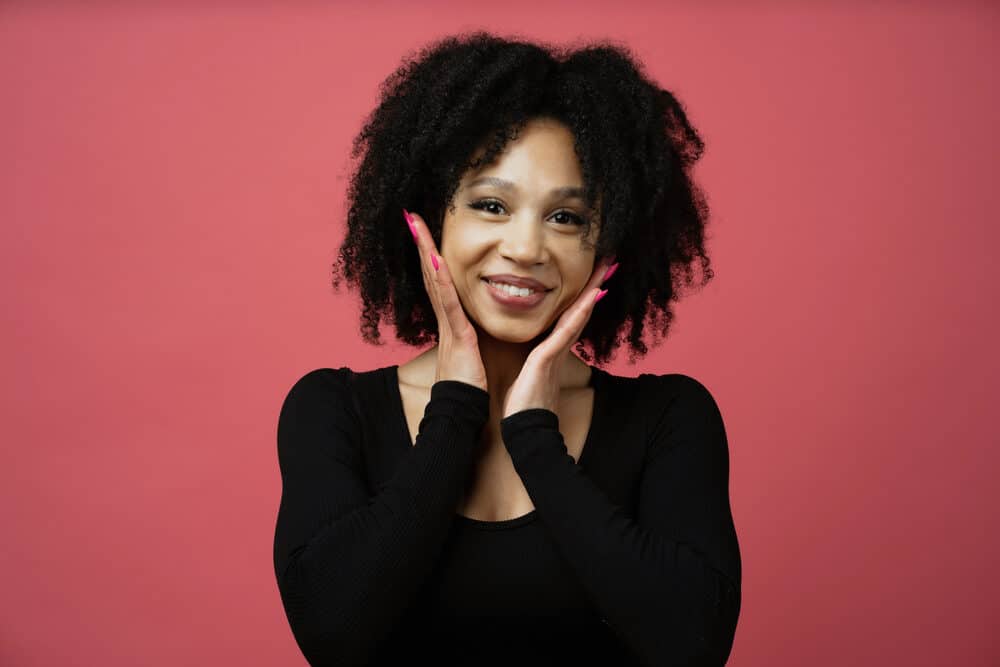
How To Fix Protein Overload In Natural Hair
The good news is that protein overload is almost always reversible. The bad news is that there is no overnight fix.
Depending on the severity of your case, it can take up to 4 to 6 weeks to recover from protein overload. If you suspect that protein overload is wreaking havoc on your hair, here are the steps you should take to fix it.
Stop Using Protein Products
If you already have too much protein in your hair, the first thing you should do is stop adding more. Take a break from protein treatments and protein-rich hair products while you’re correcting your protein levels.
Start by reading the ingredient lists on your products carefully. “Protein” is not always listed on hair product labels.
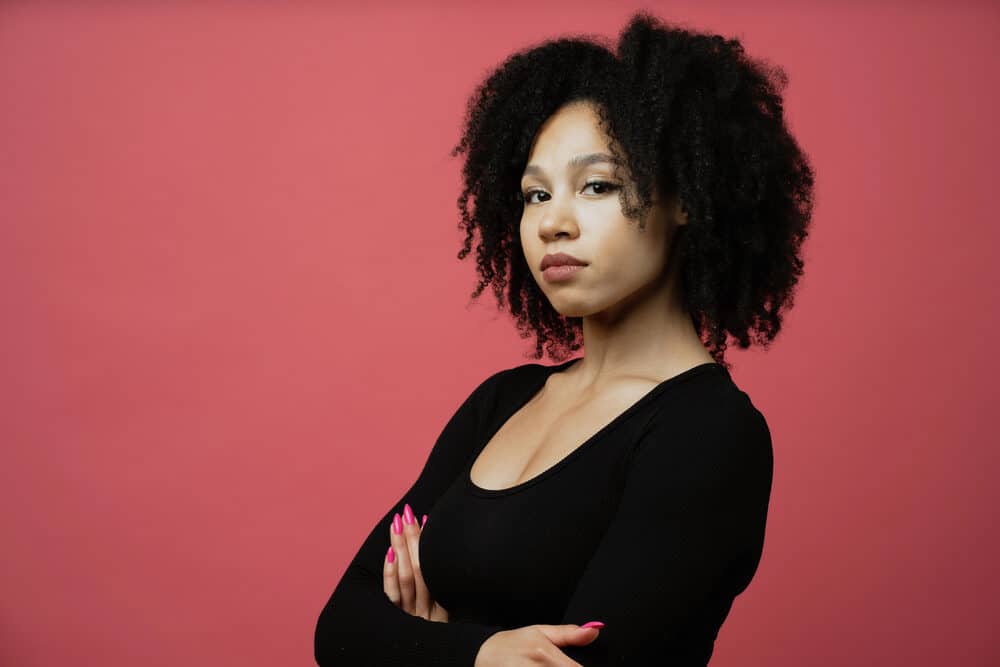
Other names for protein include:
- Hydrolyzed collagen
- Wheat, quinoa, or silk amino acids
- Keratin
- Biotin
- Oat flour
- Wheat, soy, or oat protein
- Rice water
While excess protein will damage your locks, including some protein in your haircare routine helps maintain healthy hair. The key is to use it sparingly. Once your moisture and protein levels return to normal, slowly add the protein-rich hair products back into your routine.
Use Essential Oils
Essential oils can cut through and remove tough, stuck-on protein residue. They also cleanse and refresh your hair and strip away impurities without the use of harsh cleansers. Just make sure you dilute essential oils with a carrier oil before using them.
Some clarifying essential oils include:
You can add essential oils to your favorite shampoo or apply them (diluted) to your hair every week or so after cleansing your strands.

Use a Clarifying Shampoo
If you have protein overload, consider adding a clarifying shampoo to your hair care routine. It has more cleansing power than regular shampoo and can easily cut through protein buildup.
Clarifying shampoos break apart the excess protein that’s bonded to your strands so it can be rinsed away at the end of your wash.
If you do decide to use a clarifying shampoo, make sure you follow up with plenty of conditioning treatments to counteract its drying effects.
For the best results, you should use a clarifying shampoo once every week or two until you see an improvement in your curls.
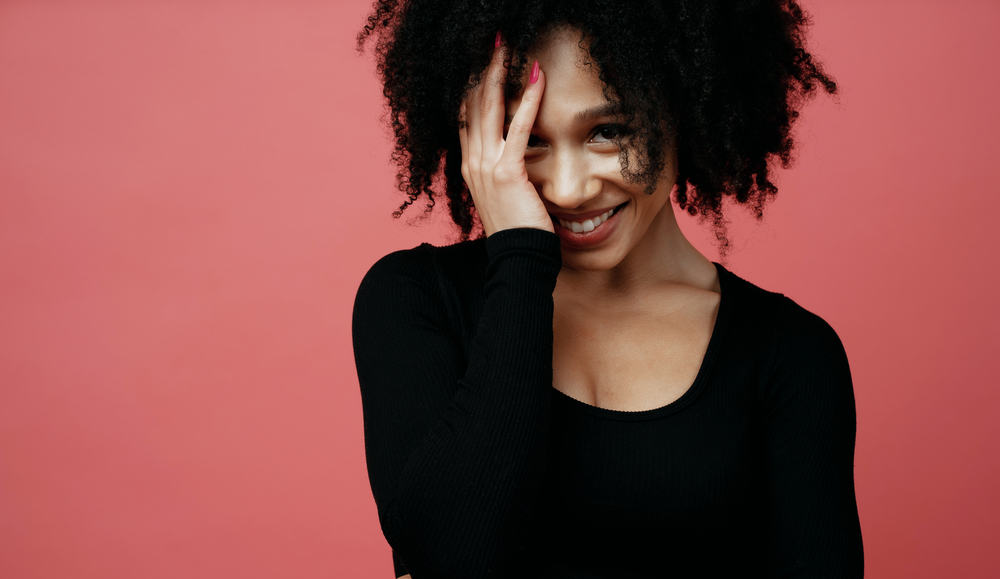
Moisturize Your Hair
If you have too much protein in your strands, your hair is likely desert-dry. Deep condition your hair weekly to help restore its moisture levels.
To make the deep conditioning treatment even more hydrating, try sitting under a hooded dryer after you apply the conditioner. Heat opens your hair's cuticles so the conditioner is better able to penetrate your strands.
In addition to conditioners, incorporate hydrating products like leave-in conditioners, hair masks, and lotions. Moisturizing creams help lock in water, which will help combat the symptoms of protein overload.
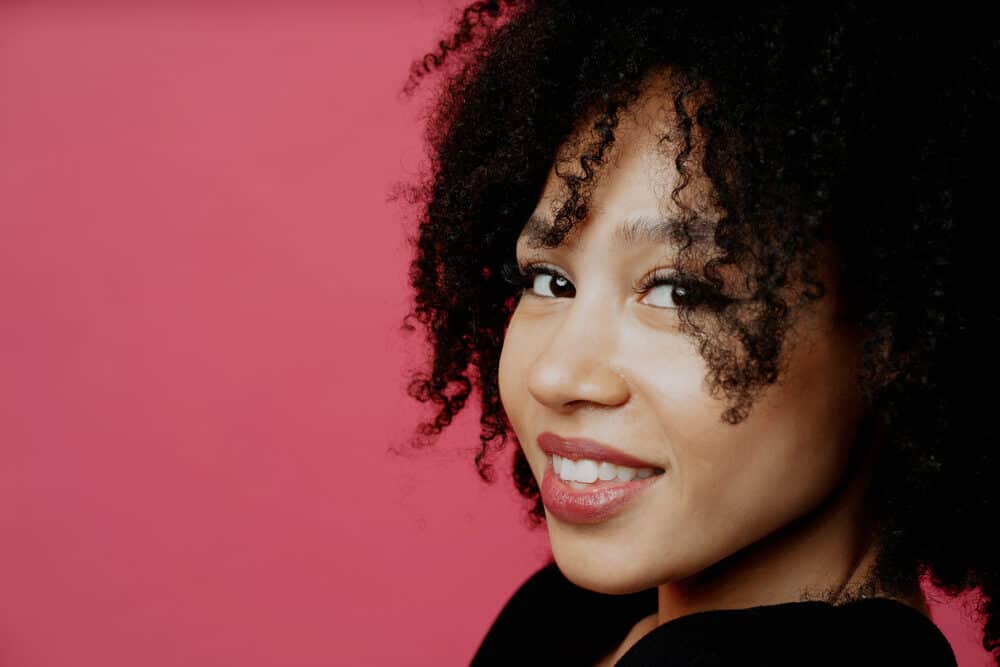
Try an Apple Cider Vinegar Rinse
Apple cider vinegar, often referred to as ACV, acts as a natural clarifying treatment. For moderate to severe protein overload, use an apple cider vinegar rinse once a week for up to three weeks.
After three weeks have passed, your hair should show signs of improvement. Once your hair returns to normal, reduce the apple cider vinegar rinses to once or twice a month as needed.
If you want to use ACV to cut through protein buildup, just follow these easy steps.
- Add 2 to 3 teaspoons of apple cider vinegar to one cup of warm water.
- Apply the mixture to soaking wet hair.
- Massage the vinegar into your strands and let it sit for 2 to 3 minutes.
- Rinse your hair with cool water.
- Follow up with your preferred conditioner.
Lay Off the Heat
Heat styling exacerbates dry hair and makes it even more difficult for your strands to hold onto moisture. So, if you’re trying to correct protein overload, avoid heat styling until your strands have started to recover.
When you do use heat tools, like a blow dryer or flat iron, keep the heat setting as low as possible and always use a heat protectant.
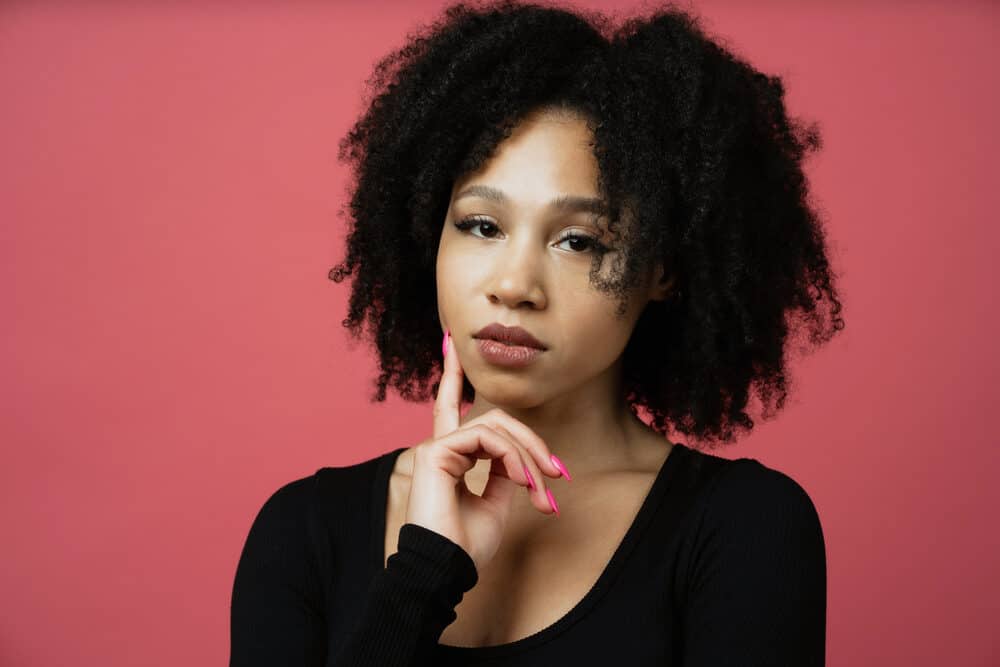
Get a Trim
Trimming your hair will help get rid of the extra breakage and split ends associated with protein overload. Remove split ends as soon as possible to stop them before they have a chance to travel upwards and cause breakage near your roots.
A trim will also make some of the other symptoms of protein overload, like tangles and limpness, less noticeable as you wait for your hair to return to a healthy state.
How to Prevent Protein Overload
The best way to tackle protein overload is to prevent it from occurring in the first place. If you’re wondering how to avoid it, this is the section for you! Here are some practical ways to prevent protein overload and keep your strands healthy.
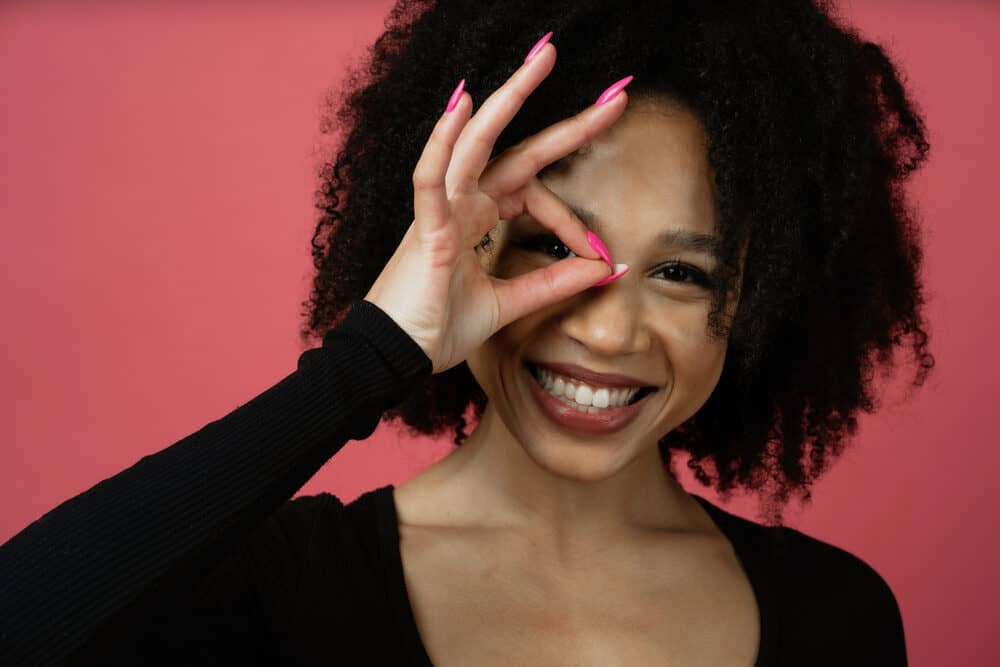
Use the Correct Type of Protein
Proteins are not a one-size-fits-all hair solution. This is particularly true if you have protein-sensitive or low porosity strands.
If you are prone to developing protein overload, avoid heavy proteins like collagen and keratin. Instead, stick with lightweight alternatives like silk proteins and amino acids.
You may also want to consider ditching protein treatments and opting for protein-rich hair products instead.
Space Out Your Protein Treatments
The amount of protein you use should depend on the condition of your hair. Ideally, you should only use a protein treatment once or twice a month.
While high porosity, fine, and damaged hair benefit from monthly protein treatments, low porosity hair is more prone to developing protein overload. If you have low porosity or protein-sensitive hair, reduce your protein treatments to once every other month.

Follow Product Instructions
Leaving a protein-rich product on too long or using it too frequently increases the likelihood of developing protein overload.
To make sure your treatments aren’t leaving your hair stiff and brittle, make sure to always follow the instructions on the packaging.
To counteract the drying effects of protein, many protein treatments come with a moisturizer to use afterward. Even if your treatment doesn’t include one, always use a moisturizer afterward.
Be Careful Choosing Your Hair Products
Protein is included in so many types of products that avoiding it entirely can be surprisingly tricky.
Limit the number of times you use products that are protein-rich, and make sure you don’t use too many different products that feature protein as the main ingredient.
Keywords that suggest a product is high in protein include:
- Damage repair
- Bond building
- Anti-breakage
- Strengthening

If you want to know how much protein a product contains, just take a look at the ingredient list. The ingredients present in the highest concentrations are listed first.
If protein is listed in the top five ingredients, you should consider that product to be protein-rich. If you’re using a product multiple times a week, make sure protein is further down on the list of ingredients.
Visit Your Stylist Regularly
If you want to keep your strands healthy, consider going to a dedicated hairstylist regularly. As time goes on, they'll become familiar with your hair.
They’ll be able to keep an eye on the condition of your hair and warn you if your strands are showing signs of moisture or protein imbalances. A good stylist will also help you decide which products to use and guide you on how often to use them.

Best Products To Treat Protein Overload
When it comes to treating protein overload, avoid using products that contain a large amount of protein in them.
While this typically means diving through ingredient lists, we thought we’d save you the trouble. Here is a list of products that will help remove excess protein and give your hair some much-needed hydration.
GIOVANNI Eco Chic 50:50 Balanced Hydrating Clarifying Shampoo
This vegan shampoo cuts through stubborn protein buildup and leaves your strands squeaky clean.
Its sulfate, paraben, and phthalate-free formula contains plenty of hydrating botanical extracts that replenish moisture and lock in shine. Unlike other clarifying shampoos, GIOVANNI Eco Chic doesn’t strip your locks and is suitable for daily use.
Camille Rose Algae Renew Deep Conditioner
This creamy deep conditioner is loaded with 65 essential vitamins, minerals, and antioxidants. It contains nourishing ingredients like aloe, unrefined mango butter, green tea, and hemp seed oil.
While it does contain some natural protein in the form of algae, the concentration is low enough to use on protein-sensitive hair.
Mielle Organics Mongongo Oil Protein-Free Hydrating Conditioner
If you’re having a hard time finding a protein-free deep conditioner, look no further! This hydrating conditioner is perfect for anyone looking to take a break from protein.
It leaves thirsty strands soft and silky and is great for all hair types and textures. Its rich formula is filled with hair-healthy ingredients like almond, sacha inchi, and mongongo oils.
Shea Moisture Residue Remover Shampoo
Like all products in the Shea Moisture line, this shampoo is made with organic and fair-trade ingredients.
Its sulfate, paraben, petroleum, and phthalate-free formula lifts away residue without stripping your hair of its natural oils. Aloe, tea tree oil, and borage seed oil leave your hair clean and easy to manage.
Creme of Nature Argan Oil Twisting Custard
Because of its strengthening effects, protein is included in many styling products. Luckily, this custard defines your curls without the use of protein.
Its high-gloss formula is powered by argan oil and leaves your curls hydrated and frizz-free. This product gives you a lightweight, residue-free hold that won't leave your hair feeling crunchy.
As I Am Moisture Milk Daily Hair Revitalizer
As I Am Moisture Milk is a lightweight daily moisturizer that is perfect for anyone trying to avoid protein.
Beetroot, jojoba, and shea butter nourish your hair without leaving it oily or weighed down. Its fast-absorbing formula fights frizz and is suitable for curls of all kinds!
Oyin Handmade Greg Juice Herbal Leave-In Hair Tonic
This moisturizing mist helps bring life back into dry strands and imparts them with long-lasting hydration.
It contains astringent ingredients like citrus, lavender, and nettle leaf that cut through protein buildup and help restore your hair’s natural balance. Additionally, its citrus-scented formula is filled to the brim with wholesome botanicals like aloe, flax seed, rose, and chamomile.
Frequently Asked Questions
Welcome to our FAQ section, where we answer your common questions about protein overload in hair. Here, you'll find straightforward advice to help you understand and manage this hair care challenge.
What Are the Symptoms of Protein Overload?
Symptoms of protein overload include dry and brittle strands, low elasticity in hair strands, increased shedding, and a noticeable lack of luster. If your hair feels unusually straw-like and breaks easily, it could be a tell-tale sign of excessive protein build-up in the hair cuticle.
How Do You Get Rid of Protein Overload?
To eliminate protein overload, reduce the use of protein-based products and incorporate more moisture. Use gentle clarifying shampoos to cleanse away protein build-up, and follow with deep moisturizing treatments like hair masks. Balancing haircare products with enough moisture is critical to resolving protein overload.
How Do You Detect Protein Overload?
Detecting protein overload involves observing your hair's texture and response to styling. Look for signs like brittle strands, reduced elasticity, and increased hair shedding. Closely examining your haircare products' ingredients for a high concentration of proteins like keratin can also indicate if your routine contributes to protein overload.
Is It Over Moisturized or Protein Overload?
Distinguishing between over-moisturized hair and protein overload can be challenging. Over-moisturized hair typically appears limp and overly soft, lacking structure, while protein overload hair feels dry, brittle, and stiff. Observing the hair's response to moisture and protein-based products can help identify the correct issue.
- Why Does My Curly Hair Dry So Fast?
- What Does the Cherry Lola Treatment Do?
- Keratin Treatment on Damaged Bleached Hair
- What Is Porosity Hair?
If you think you have a severe case of protein overload, don’t hesitate to reach out to your hairstylist or medical professional. A sudden drastic change in the condition of your hair might be a sign of a severe underlying medical condition.
If, however, your hair woes are due to protein overload, the information included in this article should be enough to bring balance back to your strands.











